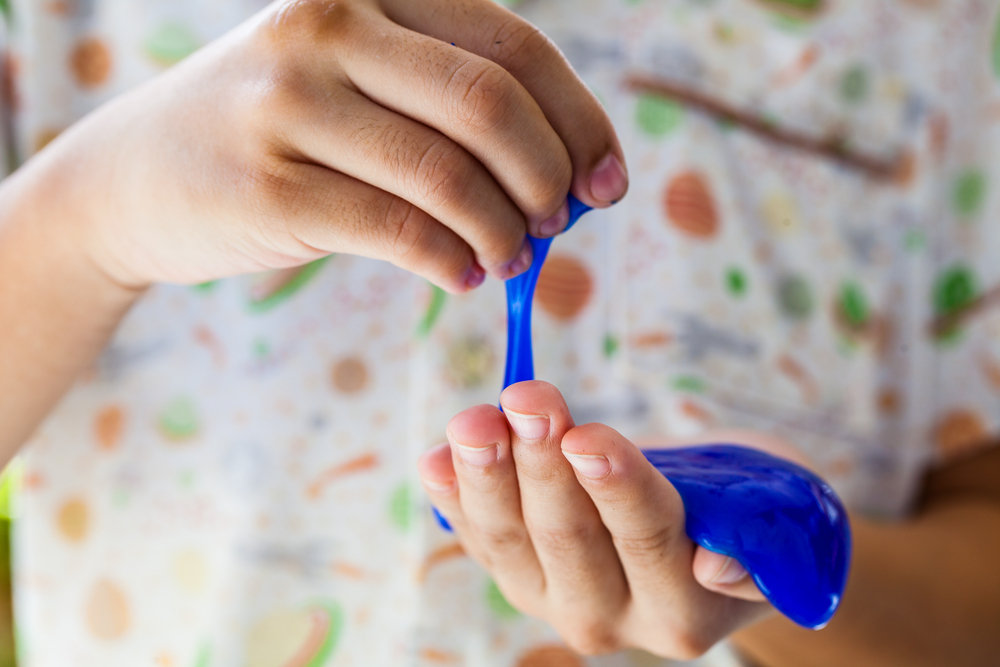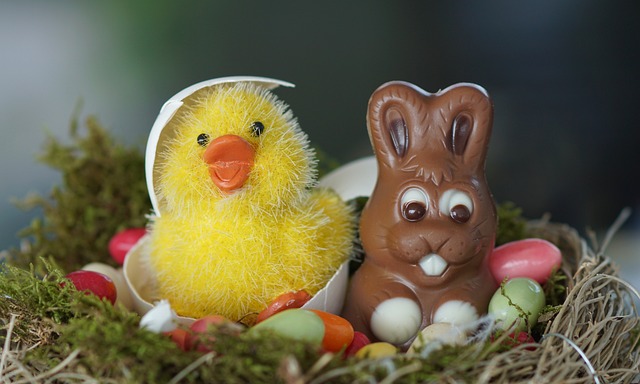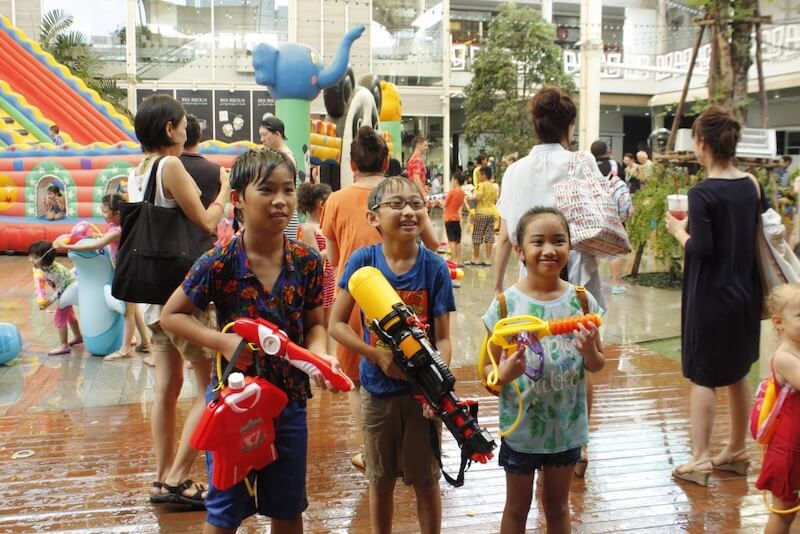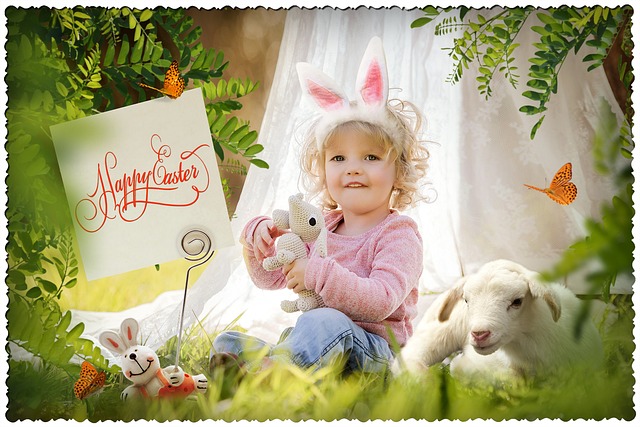Playtime is a big part of growing up. Dipping one’s hands in a jar of paint, sinking one’s toes into the playground’s sand, spreading glue with one’s hands… For many, these sensory experiences can evoke strong memories of childhood. Messy as these past times may be, it turns out that they play a neat role in kids’ development.
Messy play refers to exploration-based play that involves getting physical and, preferably, messy. It is an improvisatory, inventive process that encourages kids to pursue their creative instincts and curiosity through uninhibited hands-on discovery.
It’s no new concept but only recently has it been termed and theorized by child development experts, singing its benefits.
There are many ways to engage in messy play. Below are some examples:
· Making and moulding playdough
· Sorting colourful dried beans
· Building structures with sand/kinetic sand
Sensory play has been shown to help build new connections in the brain’s pathways. Activities like moulding, scooping and sorting different materials help hand-eye coordination, while drawing and cutting (e.g. construction paper shapes) hone fine motor skills.
Exposing kids to a range of shapes, colours and textures further contributes to language development. When kids encounter and mix new materials, they should be asked to describe what they see, feel, etc. For example, ask: What happens when indigo blue paint mixes with cotton candy pink? or How is the texture of playdough (rubbery) different from shaving cream (frothy)? These questions give kids the words to describe the world as they experience it first-hand. Getting them to identify different temperatures and smells also helps expand their vocabulary in a fun and memorable way.
Lastly, sensory play encourages mindfulness. It can help calm anxious kids by getting them to focus on one basic tactile task, while also teaching them how to thoughtfully collaborate with peers.
Many parents can be deterred by the messy outcome of sensory play. If that’s the case, you can resort to one of two fixes: for one thing, you can take it outdoors. Whether it’s the backyard or the beach, the outdoors has plenty of places to mess around – that is, while staying respectful of Mother Nature.
Secondly, get your kids involved in the clean-up process. This can prove to be a good lesson unto itself.
It can’t be said of all things in life but when it comes to sensory play, sometimes, the messier, the merrier!
Register your email address here and we’ll notify you when a new article gets uploaded.














